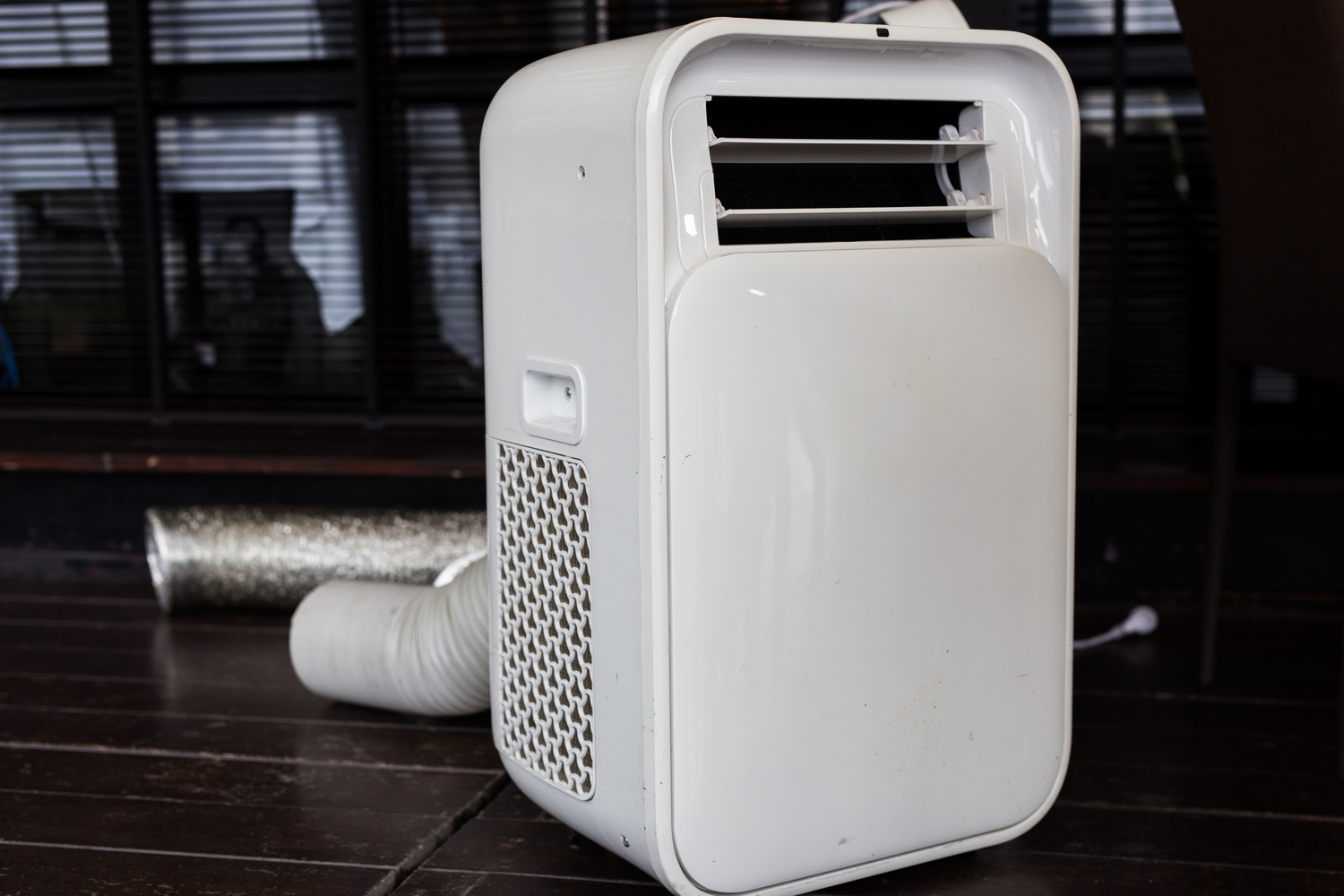
5 Easy Tips to Improve Indoor Air Quality
Inadequate indoor air quality could lead to long-term health complications and even death. According to the Environmental Protection Agency (EPA), air pollutants can cause deep-rooted medical problems such as cancer, heart disease, and other diseases related to the respiratory tract. Additional short-term issues include eye, nose, and throat irritation, as well as, dizziness, fatigue, and headaches. Thankfully, there are several options available that can improve your indoor air quality:
1. HEPA air filters
A high-efficiency particulate air (HEPA) filter can be used to catch toxic pollutants. While the air flows through the filter, the toxins such as tobacco smoke, dust mites, pet dander, and pollen are caught in a fine mesh filter. HEPA filters vary in size, so it is essential to research the specific size needed for the room to be purified.
2. Air purifiers
There are several ways indoor air is able to be purified. Some purifiers are used in hospital settings and utilize ultraviolet (UV) rays; they eliminate bacteria, viruses, and other microorganisms. Activated carbon air purifiers consist of a HEPA filter that removes odors, fumes, smoke, and other gasses from the air. Other purifiers, such as air-to-air exchangers, work by changing out the stagnant, older air with new, cleaner air. With still more options available, there is an air purifier available for any situation.
3. Furnace and AC filters
Homes with central heating and cooling utilize both a furnace and an AC filter. If the filters are not changed in a timely manner and become dirty, the filter will begin to admit dust, dander, and more harmful pollutants, such as mold, into the air. Changing the filters on a monthly basis ensures that superior air quality is produced.
4. Air ducts and vents
Over time, especially in older air passages, harmful substances may appear. Mold, dust and debris, and even vermin such as insects or rodents may be found in air ducts. Air duct cleaning services are available. By using various chemicals and sealants, these services can help to ensure that these problems are resolved and do not resurface.
5. Dehumidifiers and humidifiers
While both a dehumidifier and a humidifier alter humidity levels, a humidifier raises the amount of moisture while a dehumidifier lowers the level of moisture in the air. Depending on the circumstances, cold-like symptoms, such as sinus and chest congestion, would be lessened by a humidifier. Alternatively, a dehumidifier helps with asthma and situations that may have arisen due to water damage. Both devices help regulate air quality in different ways.
6. Home air filtration systems
These systems, rather than just focusing on a single room, operate to improve the air quality for an entire home. Combined with heating and cooling units, these filtration systems help to prevent fumes, toxins, and particles from entering the heated/cooled air by pushing the air through a set of filters. This option of air purification is beneficial in that it does not take up space in a room, it is unable to be seen in living areas, and it operates with no additional noise.
By utilizing any of these several options, being mindful and taking steps to ensure that the air quality within your home is pure and contagion-free is a long-term investment in your health. Maintaining a healthy lifestyle can be as easy as breathing.



